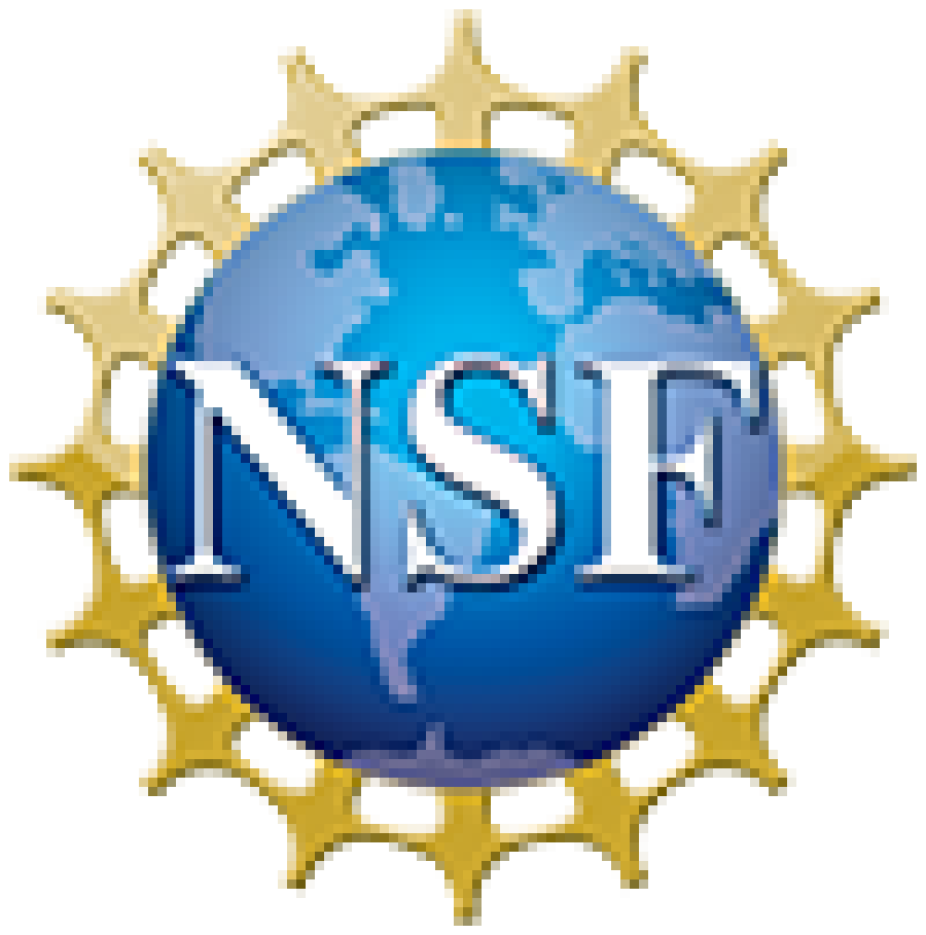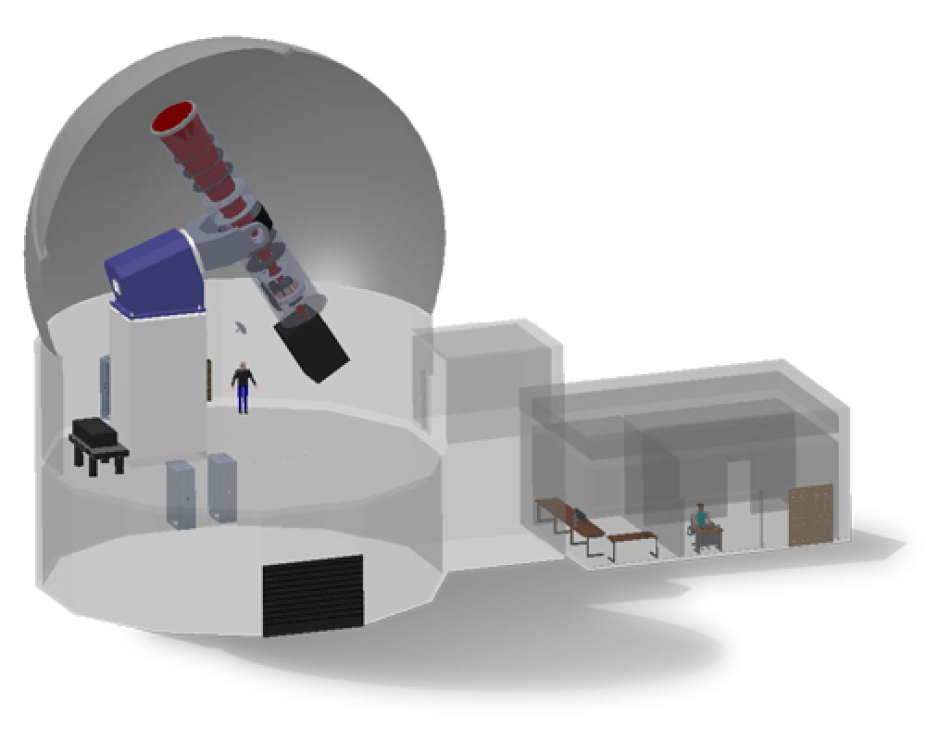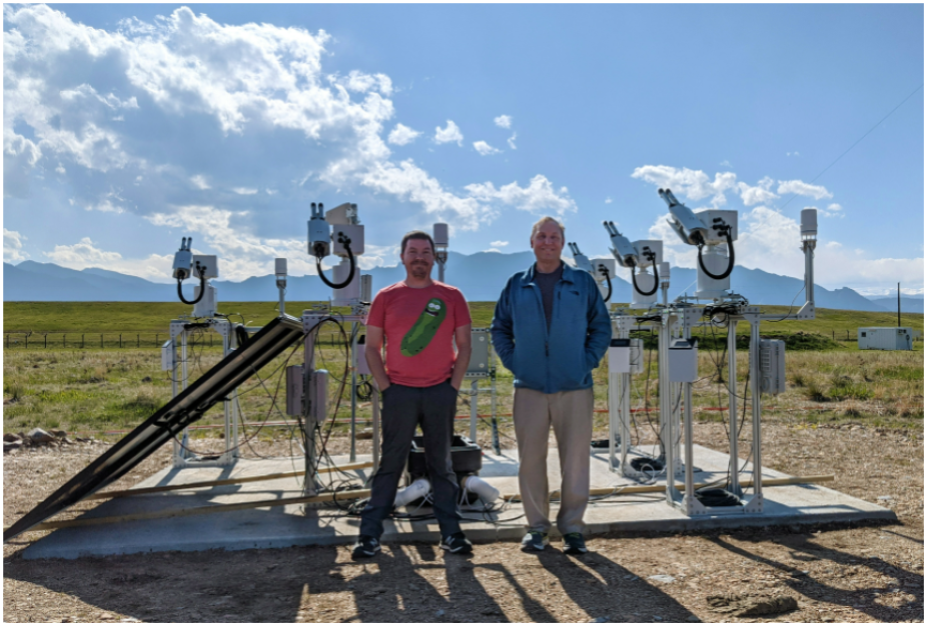
Recent NSF Funding for COSMO Site and Design Advancement (COSADA)
- Final Design of COSMO Large Coronagraph (LC)
- Site Survey
Final Design of COSMO Large Coronagraph (LC)

The National Science Foundation (NSF) has provided funding for the final design of the COSMO Large Coronagraph (LC). At 1.5 meter aperture, the LC will be the world’s largest refractive telescope, and will enable observations of the global coronal magnetic fields. The LC will have a 1° field of view (FOV), observing out to 2 solar radii, i.e., 1 solar radius above the solar surface, at all heliolatitudes, using a Stokes polarimeter and a narrow-band electro-optically tuned birefringent filter. The very broad wavelength range of the LC extends from the optical to the near infrared, allowing it to observe structures over a wide range of coronal temperatures. The polarimetric measurements diagnose the strength and direction of the coronal magnetic field. The LC’s large aperture will finally allow circular polarization measurements over the entire corona--these measurements are sensitive to the coronal magnetic field strength in the direction of the Sun-Earth line through the Zeeman effect. The linear polarization from resonant scattering of photospheric radiation is then used to measure the direction of the magnetic field in the plane of sky, orthogonal to the Sun-Earth line, along with coronal wave measurements which diagnose the plane-of-sky magnetic field strength.
Unlike a spectrograph, the LC’s tunable filter allows simultaneous observations over the entire FOV, combining the strengths of simultaneous 2-D imaging and high-resolution spectroscopy into a single instrument. The 1° FOV allows the study of typical large-scale coronal structures and enables the LC to track the build up of magnetic energy in the corona leading to solar eruptions known as Coronal Mass Ejections (CMEs). The broad wavelength provides information on coronal plasma thermal structure, density and dynamical status using standard diagnostic techniques.
The LC final design is a 3-year proposal that will produce a final design of the telescope and mount and will include all reviews and construction cost estimates for all specified LC elements. In March of 2021, UCAR contracts released a Request for Proposal for companies to propose to design the COSMO LC. Five excellent proposals were received as a result of the RFP. After an extensive evaluation process, the project selected European Industrial Engineering to award the LC design contract in June of 2021. A contract was executed and work on the design commenced in September of 2021. Steady progress on the design has ensued, and the first major milestone, the Systems Requirements Review, is scheduled for the week of March 7-11, 2022.
COSMO Site Survey
Identifying a final site for the COSMO observatory is necessary for significant risk reduction and for determining construction costs. Sites in Hawaii are known to have good coronal skies but other sites have not been fully tested. The site survey includes data-mining to determine candidate sites, data analysis, and construction and deployment of site testing equipment to six sites.

Figure 1. Damon Burke and Steve Tomczyk of HAO, shown with the COSMO Phase I site survey equipment currently at the NCAR Marshall Field site just south of Boulder Colorado.
The site survey equipment will be deployed in two phases. The first phase of instruments will be deployed to six sites and include:
- Sky Radiometers to measure Sun and sky radiance from 315 to 2200 nm, to determine aerosol and other atmospheric properties. These operate robotically and require no dome.
- Weather Stations to record solar radiation, wind speed and direction, air temperature, humidity, precipitation, etc.
Phase I instrumentation is shown in Figure 1.
The second phase will deploy an array of solar scintillometers to the sites that meet COSMO requirements. The solar scintillometers measure variation of atmospheric turbulence with height. These measurements provide the height dependence of seeing that determine the height of the telescope above the ground, which is an important cost driver.
HAO purchased, and deployed all phase one equipment to the NCAR Marshall site just south of Boulder, as shown in Figure 1. The equipment is fully automated, operating nominally and will continue to acquire observations at Marshall until they are deployed to the six COSMO sites.